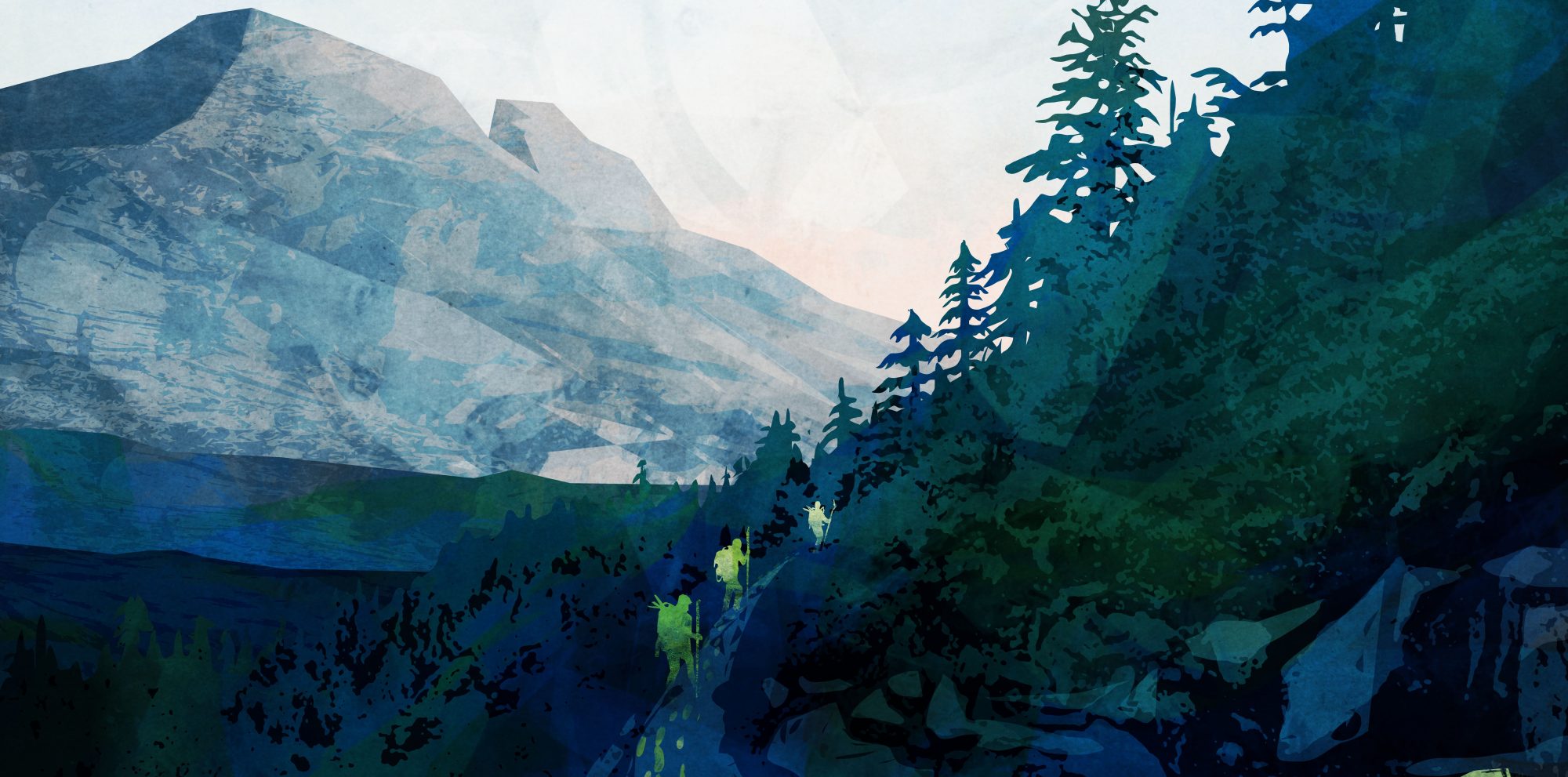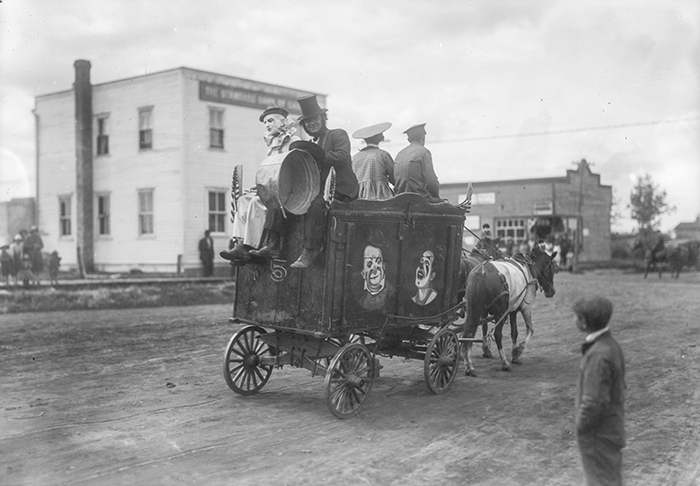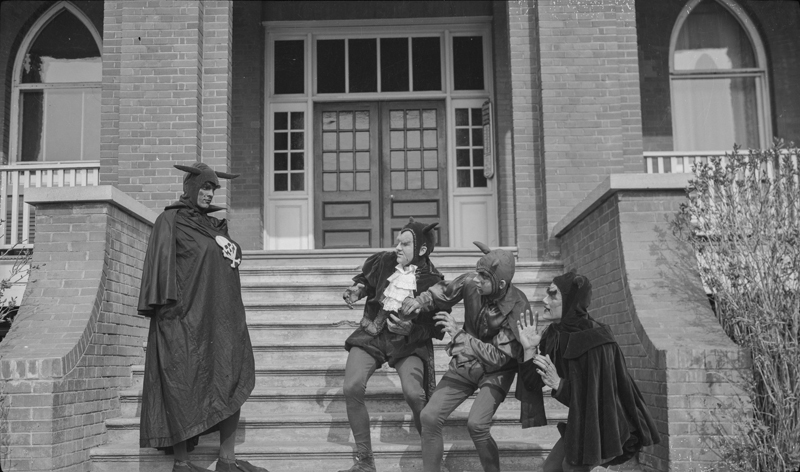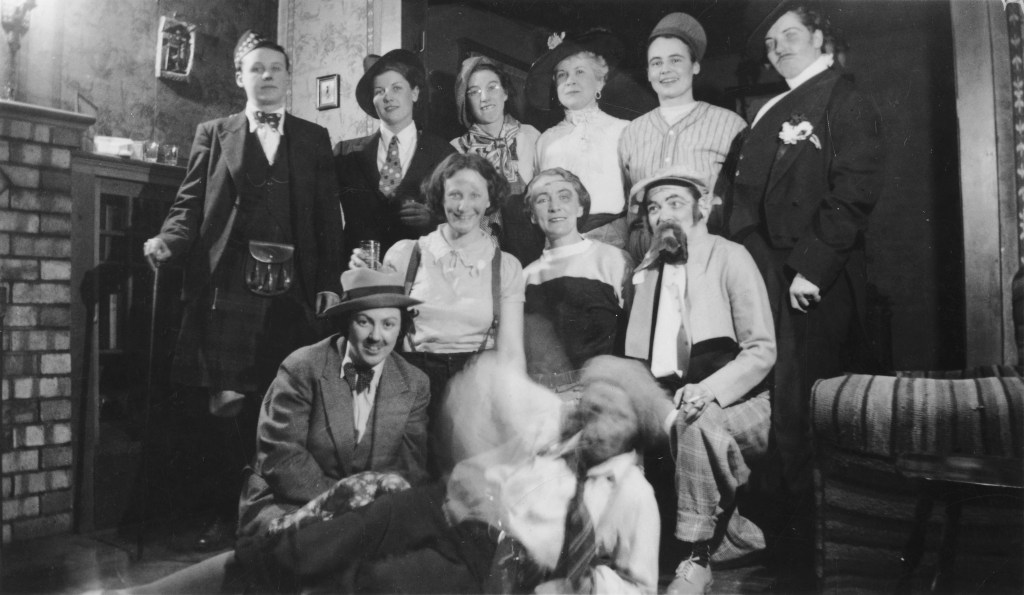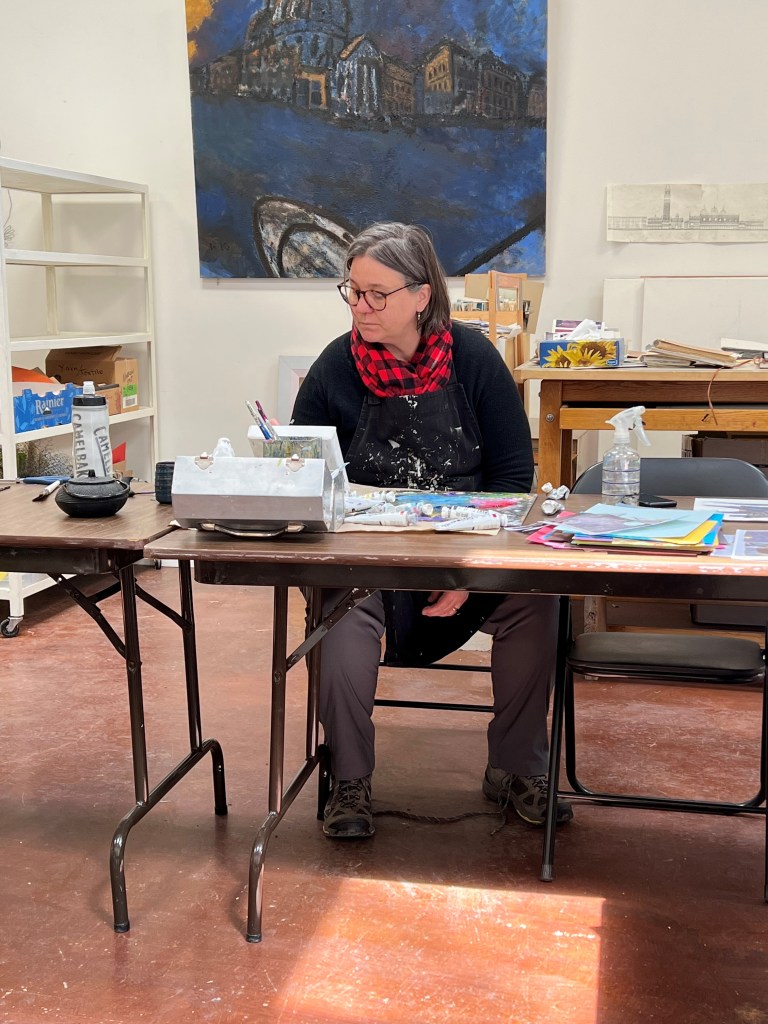On behalf of everyone at RETROactive, have a safe, fun and spooky Halloween! Take a look below at how Albertans celebrated the occasion decades ago. All images courtesy of the Provincial Archives of Alberta.
Tag: provincial archives of alberta
Way-Out: A psychedelic tribute to Bruce Haack
Editor’s note: The banner image above shows legendary experimental musician Bruce Haack (right) with long-time collaborator and friend Ted Pandel (left) , circa 1985. Image courtesy of the Provincial Archives of Alberta.
The Provincial Archives of Alberta also invites you to an evening devoted to electronic music pioneer Bruce Haack at the TELUS World of Science – Edmonton, Zeidler Dome for a screening of the 2004 documentary Haack: The King of Techno followed by a lightshow performance set to Haack’s landmark album The Electric Lucifer. The event takes place on Friday, September 29. Doors at 6:30 p.m., show at 7 p.m. The event is free, seating is first come, first served.
Written by: Jared Majeski (Editor, RETROactive) and Braden Cannon (Private Records Archivist, Provincial Archives of Alberta [PAA])
After creating some of the most spaced-out, light years-ahead-of-its-time experimental electronic music, the renaissance of Albertan Bruce Haack continues apace. His music has been reissued by record labels around the world (including Toronto’s own Telephone Explosion Records), he was the subject of the 2004 documentary Haack: The King of Techno and now, some of his most treasured possessions have been made available at the Provincial Archives of Alberta.
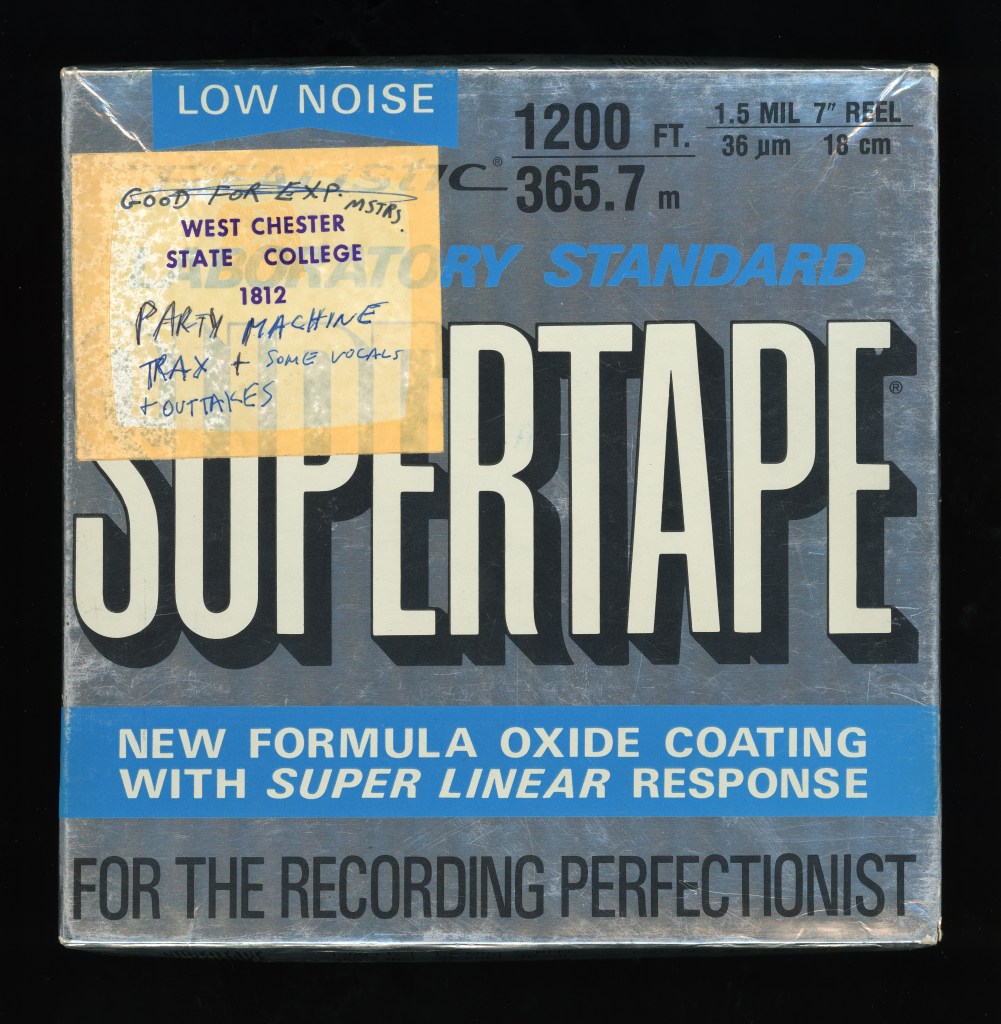
Bruce Haack, from the Rocky Mountain House area, was born in 1931 and displayed music talent from an early age. He attended the University of Alberta before being accepted into the Julliard School in New York City to study music. After a year, he dropped out to explore his own, unique ideas in music. He had an early interest in electronic music and began to design and build his own electronic instruments and voice modulators. Together with Ted Pandel, a pianist whom he met at Julliard, Haack supported himself with songwriting gigs for record labels and advertising firms. He eventually met Esther Nelson, a children’s dance instructor, and collaborated with her on a series of children’s records using Haack’s electronic instruments and his increasingly experimental arrangements. Haack gained further attention through appearances on “The Tonight Show with Johnny Carson” and “Mr. Roger’s Neighborhood” where he would demonstrate his inventions such as a synthesizer that would emit sound through touch.
Read moreDried out: Prohibition in Alberta
Written by: Sara King, Government Records Archivist, Provincial Archives of Alberta
In 1915, Alberta embarked on a social experiment that would impact the lives of everyone in the province: prohibition. A century after the repeal of prohibition in 1923, the Provincial Archives of Alberta (PAA) is pleased to present Dried Out: Prohibition in Alberta, on display until February 2024.

The exhibit explores how the temperance movement took root in Alberta. The moral and political crusade to ban alcohol would have unintended consequences, both good and bad. It spurred the push for women’s suffrage, led to the creation of the Alberta Provincial Police and prompted experiments in direct democracy. But it would also lead to people flouting the law at all levels of society, which would shape politics, policies and communities for years to come.
Read moreIndigenous Resources Guide at the Provincial Archives of Alberta
Written by: Jonas Vasseur, TRC Archivist Intern
The mission of the Provincial Archives of Alberta (PAA) is to acquire, preserve and make records available to the people of Alberta. This includes material created by the provincial government, but also records from individuals, families and organizations in the province. In our Indigenous-related holdings, we hold records from as early as the 1700s and 1800s, with some record holdings spanning more than five decades—some even a century. This week’s post is an update to work that has been carried out at the PAA on access to its Indigenous-related holdings.
The PAA holds a wide variety of records that were created by and about Indigenous people and communities. Although there are many useful and interesting records, it could be difficult to know where to begin and to find connections. Archival research can be daunting, as records are organized by creator rather than subject and are arranged as they were originally maintained, not necessarily in a chronological way. Our goal has been to identify the wide variety of Indigenous content, either created by or about the Indigenous people of the province, and to present a comprehensive and easy to use subject guide to these holdings.
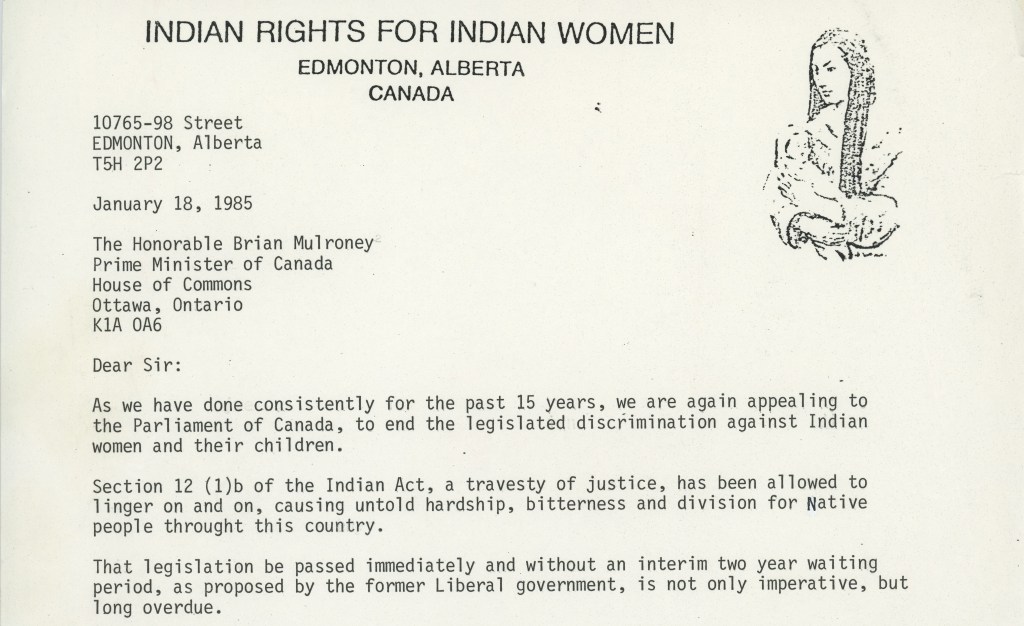
The PAA first released an “Aboriginal Resource Guide” document in 2006, and it listed the records identified as relevant to Indigenous communities in Alberta. This guide provided the building blocks for archival research to become more user-friendly.
Read morePainting Alberta
Editor’s note: Learn about another artist who used resources from the Provincial Archives of Alberta on her latest project.
Written by: Erin Sekulich, Provincial Archives of Alberta
For five years, Sabine Lecorre-Moore has been traveling all over Alberta to museums, archives and community collections to find photographs featuring the experiences of Albertans. These images mainly depict the outdoors and feature her own interpretation of photographs from the 1800s to the present. While Lecorre-Moore works with several mediums, acrylic paint is Sabine’s tool for her latest project Painting Alberta. The 6”x 6” canvases are intended to be arranged and re-arranged into various patterns based on the exhibit space.
Read more“ᒥᔪᑕᒧᐣ ᓇᓇᓂᐢ miyotamon nananis – it is a good road in all directions”
Editor’s note: For our first in a series of posts recognizing June as National Indigenous History Month, take a look at how the Provincial Archives of Alberta assisted a local artist with her newest project. The banner image above photographed by Erin Sekulich.
Written by: Erin Sekulich, Provincial Archives of Alberta
Artist Heather Shillinglaw is a bubbly woman who immediately makes you feel special. Her passion is evident in her work and it is exciting to see that some of the inspiration for her artistic pieces was taken from the Provincial Archives. Heather explains that Miyotamon Nananis – it is a good road in all directions – is the second project she has created that references archival records. Her inspiration is drawn from familial oral history, but the archival resources help fill the gaps in the story. She has gathered research from Library and Archives Canada, Hudson’s Bay Company Archives and the Provincial Archives of Alberta.

UFOs over Alberta
Written by: Jared Majeski, Historic Resources Management Branch
One thing that never gets old living in the Prairies is the sky: big, expansive, endless. Exactly the kind of place (and space) for aircraft of all shapes and sizes to explore. We can learn about a specific kind of aircraft, the alien type, from a digitized production from ACCESS TV below.
Unidentified Flying Objects, or UFOs as the kids like to say, have been part of lore and science fiction for centuries. There are thousands of sightings around the world, but solid proof or admission has continued to elude us. Produced sometime in the early 80s, this short documentary combines first-hand accounts from local Albertans with scientific explanation — all set to surprisingly evocative synthesizer soundscapes. You’ll also learn about Project Magnet, a program developed by Transport Canada to study UFOs in the 1950s.
So, put down those episodes of X-Files and learn about potential alien life right in your own backyard. And while you’re at it, go explore the rest of the film and video on the Provincial Archives of Alberta Youtube channel.
“Sour grapes”: The Banff Winter Carnival Queen Scandal of 1955
Written by: Michael Gourlie, Government Records Archivist, Provincial Archives of Alberta
One of the stereotypes of beauty pageants is the behind-the-scenes rivalry among contestants. Typically, these are just plot devices in film or TV designed to create degrees of drama, comedy or controversy. But apparently there is beauty pageant drama in real life, and one of the rare times when these battles spilled out into the public is the controversy surrounding the Banff Winter Carnival Queen competition of 1955.
The idea for a winter carnival in Banff originated with Norman Luxton, the man known as “Mr. Banff.” A strong booster of the community, he was a prominent local entrepreneur who owned, among other ventures, the Crag and Canyon newspaper, the King Edward Hotel (Banff’s first all-season hotel), the Lux Theatre, the King Edward Horse and Auto Livery and the Sign of the Goat Curio Shop. According to a 1939 Calgary Herald article, the idea came up during a brainstorming session between Luxton and his friend B. W. Collison in December 1916 regarding the best way to attract more tourists to Banff during the winter season, which was not a consistently busy time in the town. Given Luxton’s extensive local business investments, having the town bustling with tourists year-round was definitely in his interest.
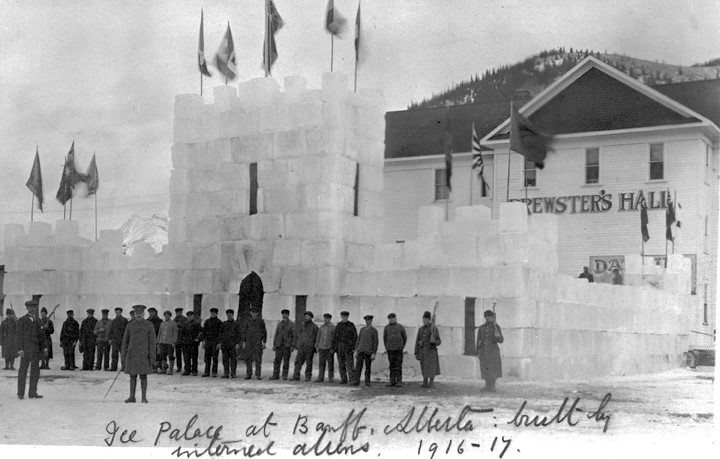
A local committee led by Luxton persuaded the town to host a festival that would run from February 5-17, 1917. The list of events featured at the first carnival was impressive – it included a curling bonspiel, tobogganing, snowshoe races, men’s and ladies’ hockey matches, speed skating, “art skating,” trap shooting, pony ski races and swimming competitions in the hot springs. A large ice castle maze, built by internees and reputedly the first such castle built in Western Canada, was the centrepiece of the celebrations, especially during the fireworks on two evenings of the carnival. Brewster Hall hosted a grand ball on February 9 and a fancy dress ball on February 15, and this second event featured a crown awarded, “to the most popular lady attending the carnival.” The Carnival was such a success that it became an annual community event.
Read moreHow Do Alberta’s Archivists Work During a Pandemic?
Editor’s note: On June 10, 2021, the Provincial Archives of Alberta reopened to the public. Once again, the larger team will be safely assisting researchers with reference queries and research visits. If you have found yourself with a question about Alberta’s heritage or your own family history, please visit the Reading Room or contact us. PAA archivists are ready to assist.
Written by: Natalia Pietrzykowski, Reference Archivist
Social distancing, PPE, flattening the curve. These phrases became commonplace as the world adapted to the COVID-19 pandemic, which was declared in March 2020. Another word that will resonate with most professions during this last year is “pivot.” In many cases, public safety needs resulted in “pivoting” business operations to contactless or even remote services. Due to COVID-19, most staff at the Provincial Archives of Alberta (PAA) spent part of 2020-21 working from home. This presented us with a challenge: how do we take archival work home? The search for a solution was also an opportunity to develop new ways of providing access to information and focusing on making improvements to future service. In the last year, PAA staff continued to work on projects that support the mission of preserving and making available records of enduring value. Here, we will share a few highlights of heritage work during a pandemic year, pivots and all.
Virtual Reference
On March 17, 2020, the PAA closed to the public as Albertans were prohibited from attending public recreational facilities. The PAA Reading Room remained closed for 14 weeks, during which time reference archivists answered more than 500 public queries by email. The public response to “virtual” service was overwhelmingly positive.
On June 23, the PAA Reading reopened to in-person researchers, by appointment and with a reduced capacity. This new model of reference service required a much higher degree of up-front coordination than our previous walk-in availability. Only staff were allowed to handle the finding aids (primarily printed binders and card catalogues) that are available in the reading room. Relevant records had to be identified and pulled prior to appointments, after which they entered a 72-hour quarantine period. Additionally, archivists continued to provide virtual reference services for those unable to visit, sharing electronic finding aids and research copies of records to help answer questions.
The average time spent addressing public and government queries was adjusted from approximately 15 minutes per request to 1.5 hours per request, whether for an appointment or to answer a complex research question. We needed many hands on deck to provide additional research services; 10 archivists, two managers and two Young Canada Works interns all contributed to rotating reference coverage. This work was also supported by a retrieval aide, archival technicians and PAA administrative staff. Three-hundred and seventy-two researchers visited the PAA between the June and December 2020. On top of that, the team answered almost 1,350 reference emails and phone calls. In late 2020, the reading room was required to close again.

Historic sites slowly, surely and safely reopen
Editor’s note: Starting July 3, the National Trust for Canada is hosting Historic Places Days. All next month, RETROactive will feature blog posts highlighting places to explore and events to participate in.
Written by: Jared Majeski, Historic Resources Management Branch
After more than a year of being shuttered, historic sites and museums around Alberta are beginning to reopen. And with some restrictions and caution around traveling, it’s the perfect time to go head out and explore the sites right in your own backyard!
While some self-guided sites like the Okotoks Erractic, Brooks Aqueduct and Frog Lake Provincial Historic Site have been accessible for several months now, some of the larger historic sites, museums and interpretive centres are now ready to open their doors. Below is a quick roundup of reopened historic sites; click on the visitor guideline links to learn how each site is keeping visitors and staff safe.
Frank Slide Interpretive Centre
Located in the stunning Crowsnest Pass, the interpretive centre tells the story of Canada’s deadliest rock slide.
Visitor guidelines
Head-Smashed-In Buffalo Jump
Through vast landscapes, diverse programming and exhibits, you can experience 6,000 years of Plains Buffalo culture at this UNESCO-designated World Heritage Site.
Visitor guidelines
Provincial Archives of Alberta
The archives acquires, preserves and publicly makes available records from government, individual people and organizations for researchers of all ages. Along with the PAA opening its doors to the reading room again, they are also unveiling a brand new exhibit about the history of beauty competitions and pageants in Alberta.
Visitor guidelines
Remington Carriage Museum
The largest museum of its kind in the world, the Remington Carriage Museum tells the story of horse-drawn transportation in North America.
Visitor guidelines
Reynolds-Alberta Museum
Located in Wetaskiwin, the Reynolds-Alberta Museum interprets Alberta’s mechanical heritage through authentic interactions, exhibits and hands-on programming.
Visitor guidelines
Royal Alberta Museum
The Royal Alberta Museum (RAM) is the largest museum in western Canada and one of the top museums in Canada. Located in the Arts District in downtown Edmonton, the museum helps to collect, preserve, research, interpret and exhibit objects and specimens related to the heritage of Alberta’s people and natural environment
Visitor guidelines
Royal Tyrrell Museum of Palaeontology
The Royal Tyrrell Museum of Palaeontology is Canada’s only museum dedicated exclusively to the study of ancient life. In addition to featuring one of the world’s largest displays of dinosaurs, the museum offer a wide variety of creative, fun, and educational programs that bring the prehistoric past to life.
Visitor guidelines
Ukrainian Cultural Heritage Village
A short drive east of Edmonton, at the Ukrainian Cultural Heritage Village you’ll hear stories of solitude, survival, and perseverance while discovering how Ukrainian immigration made a significant impact on Alberta’s cultural identity.
Visitor guidelines

